In the worldwide history of fashion, there is one which is in a strange limbo of being known and hidden in plain sight, this being gyaru fashion. It’s in popular shows like The Disastrous Life of Saiki K, and online, songs like Gal Is Mind that are centered around it are huge hits. But despite this no one seems to know what it is. What is it? Where did it come from? And what was its impact?
Gyaru is a subculture originating in Shibuya, Japan, starting in the 90’s and being a direct evolution of the Japanese Bodikon girls, who wore tight-fitting clothing and came out of Japan’s Bubble economy with a confident, party-girl lifestyle. Gyarus adopted this ethos and confidence, as well as a more revealing clothing style. The originals were only found in Shibuya, coming from expensive private high schools with modified uniforms, heavy makeup, tanned skin, and dyed hair in a rebellion to Japanese society. They dated local wealthy delinquents called Teamers, and would frequent karaoke places, the mall, specifically Shibuya 109, and whichever restaurants their boyfriends would have ‘claimed’ for their group.
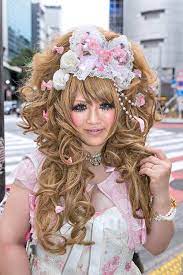
Adults thought of them as dumb, loud, materialistic, promiscuous, and basically, the antithesis of how youth should act. But teens looked on in admiration, and soon, their style, even down to the modified uniforms, would be copied all over the country. Magazines like Nuts, Ego System, and best known Egg began becoming publications exclusive to the style and soon, it became a real subculture. Soon enough, the majority of girls were not the rich founders anymore, and rather, most came from poor regions like Kamata. Styles before, like rediisu and yankii, that defined the subcultures of lower class, teenage girl rebellion morphed into the style. It became messier, more outrageous, and it even developed its own slang. Girls would bond together in gyarusas, or gyaru circles, and some would get to the point of being almost sorority-like, with dues, large meetups, and strict rules. Famous ones like Black Diamond and Angeleek would have members across the globe and managers that would set up interviews and events for them to tour and meet up. They often also had a unifying aesthetic and the more exclusive, the more high-maintenance it tended to be.
On the music front, artists like Namie Amuro, Kumi Koda, and Ayumi Hamasaki would be huge influences as they adopted the look for themselves. Most would sing R&B or pop, with a lot of similarities to western music such as that of Mariah Carey or Aaliyah. Also, in line with the whole partying aspect, Eurobeat would be really big. Even before gyarus, Eurobeat had a dedicated fanbase in Japanese clubs. It was so complex that there were even hierarchies and underground producers, and got so popular that there was even a Disney Eurobeat song about Mickey Mouse that was performed in Tokyo Disneyland. These songs would go hand-in-hand with choreographed parapara dances, which you could learn and dance along with at clubs or events. Eurobeat and gyaru artists also had a deep connection, as many would perform such songs. Namie was signed to Avex Trax, which was a big producer in the genre, and Ayumi had entire songs dedicated to being Eurobeat medelies.
The fashion style would develop through the years to include a variety of substyles, such as kogal, which is the original one, ora ora, which was inspired by styles like yankii, and agejo, which was created by a gyaru magazine, Koakuma Ageha, that centered around the hostess community that came to adopt the style. But other than that, there was also tsuyome, ane, onee, hime, himekaji, amekaji, haady, rokku, goshikku, rokku, mode, and even a masculine style called gyaruo. There were also more ‘trendy’ styles, like the kigurimi boom of the early days which consisted of wearing animal onesies in public, paragyaru, another older one which was exclusively made up of tropical styles, and amura, which was inspired, of course, by Namie Amuro. Other than that, there were the extreme styles, like yamanba and its iterations of manba, banba, and romanba. These actually were not considered gyaru in the earlier days, but nowadays are synonymous with the subculture and would be considered one in the same.
The culture created its own celebrities, whose fame would be similar to a modern day influencer. Tsubasa Masuwaka was arguably the most famous, as it was said whatever she promoted would sell out almost immediately. Her fame got her a false eyelash company, Dolly Wink, which you can still buy from, a music career under the stage name of Milky Bunny, and countless modeling gigs, which ranged from miscellaneous products, to magazine promotions, and also, of course, for Shibuya 109 brands. The mall itself was incredibly important to the making of these celebrities, as it housed all the brands that they would work with, from the makeup to the fashion. Some even came directly from working there, like Himena Osaki. Others had stores there, like Aizawa Emiri and her brand Rady, or Ena Matsumoto with her brand Emoda. A special few, like Kaoru Watanabe, worked for the magazines, producing content that would inspire entire substyles. Kaoru was best known for coining haady gyaru and being a big advisor for Egg. Their influence would go beyond the subculture, as they appeared in commercials, of course produced music, and would even take over magazines, like Popteen, which for a while would cater to gyaru and feature these girls.
In its heyday, gyaru was everywhere, from the streets, to magazines, to anime, even in video games. But eventually, it died. Well, sort of. There was a point in the mid 2010’s where so many brands closed, so many magazines went out of publication, and so many once vibrant meet-up spots became desolate, that the style kind of became obsolete. It had been on a gradual decline, but it was still shocking nonetheless. However today, it can be argued that there has been a revival. Egg took its first stab at doing this, producing music form original raps to Eurobeat covers, coming back in a digital form, hiring new models, and having more of an internet presence. Slowly, other magazines came back, like Ageha and Nuts.
Now, most gyarus are gajin, or foreign, and the internet has facilitated them finding each other internationally. There are now many modern gyaru internet personalities, gyarusas, and blogs that keep this gyaru spirit alive. Unfortunately, many of the brands are still dead, but old designs have appeared in online shops like Shein, showing that there is still a demand for the clothes. Other than that, a lot of gyarus nowadays shop similar styles from regular brands, or buy secondhand on places like Depop. But overall, it seems like this style does not leave easily, and it has only become more popular. And besides, the self-assured, fun-loving, counterculture ethos has only become more common in the present day, so it seems like it may have a space for itself in the modern day.





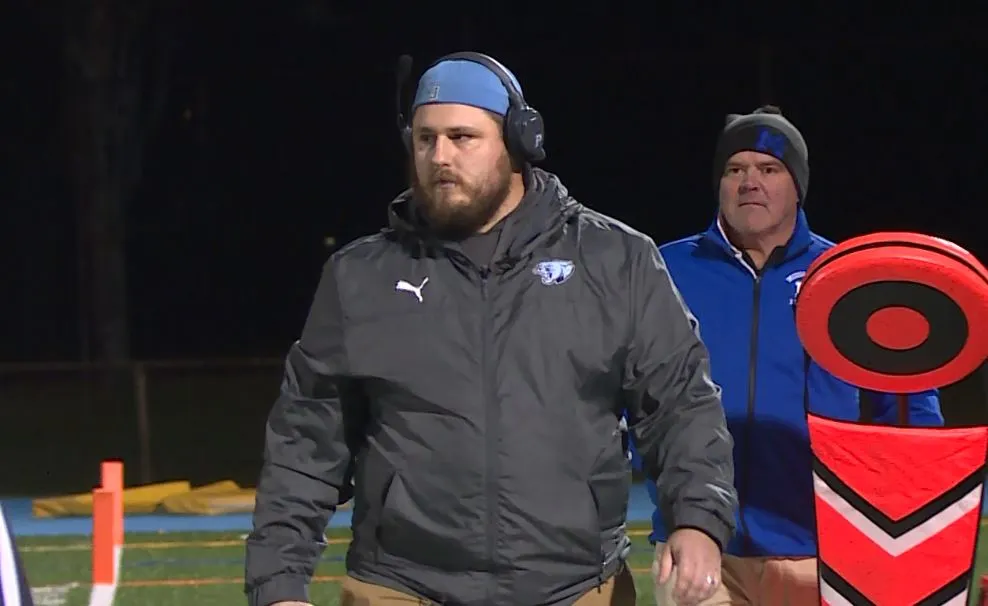

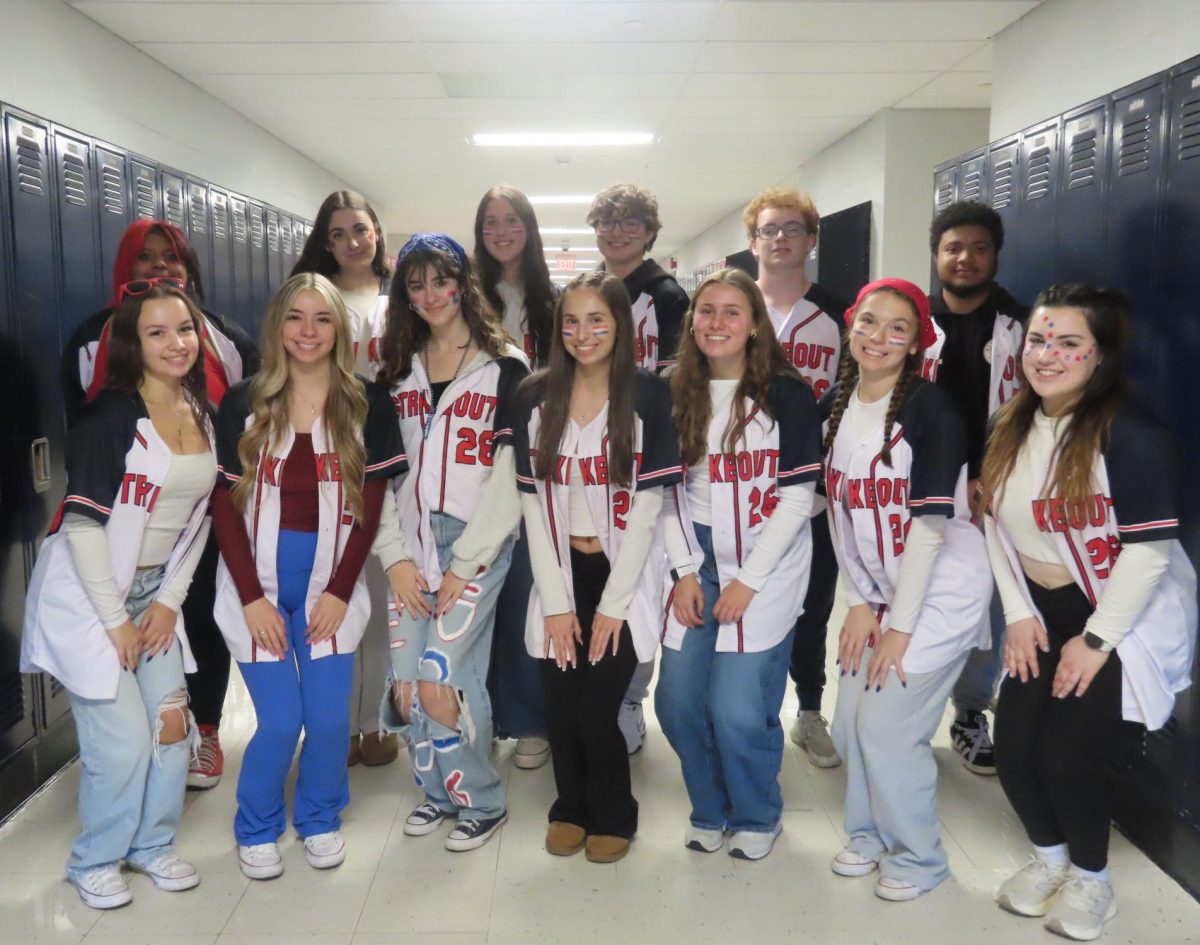

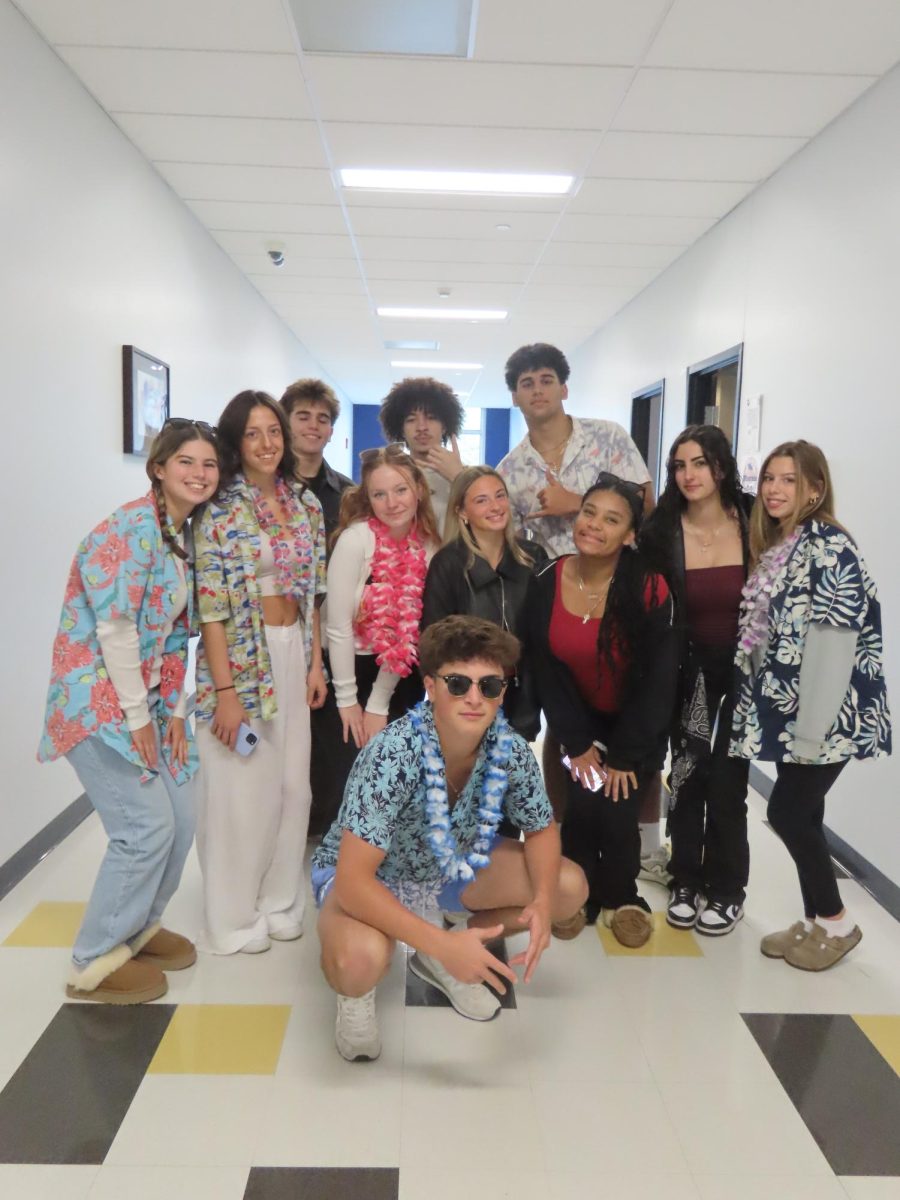
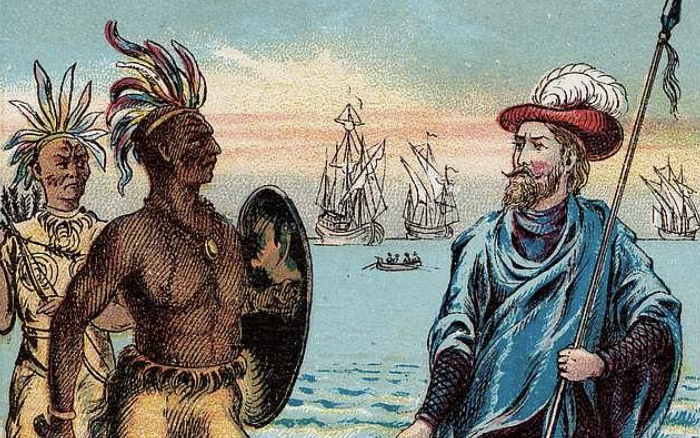
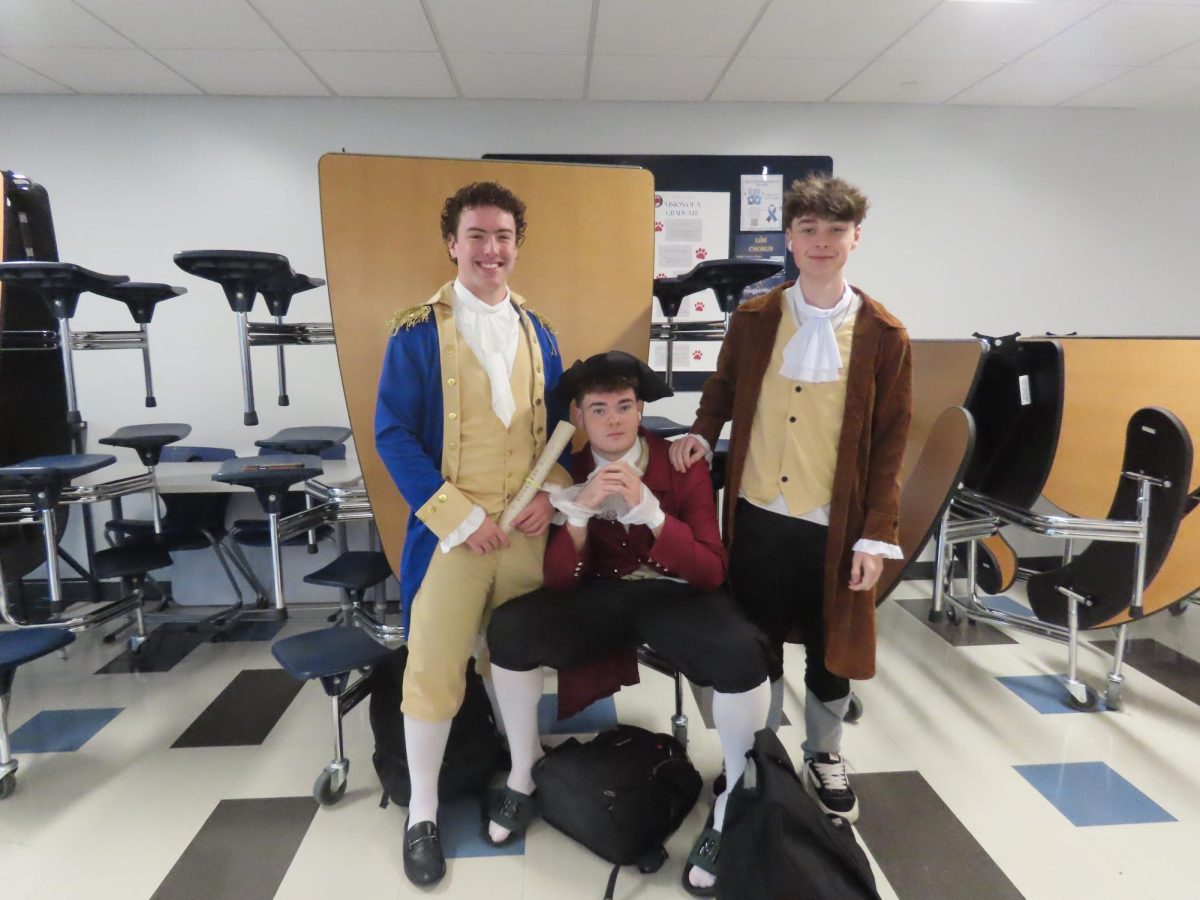

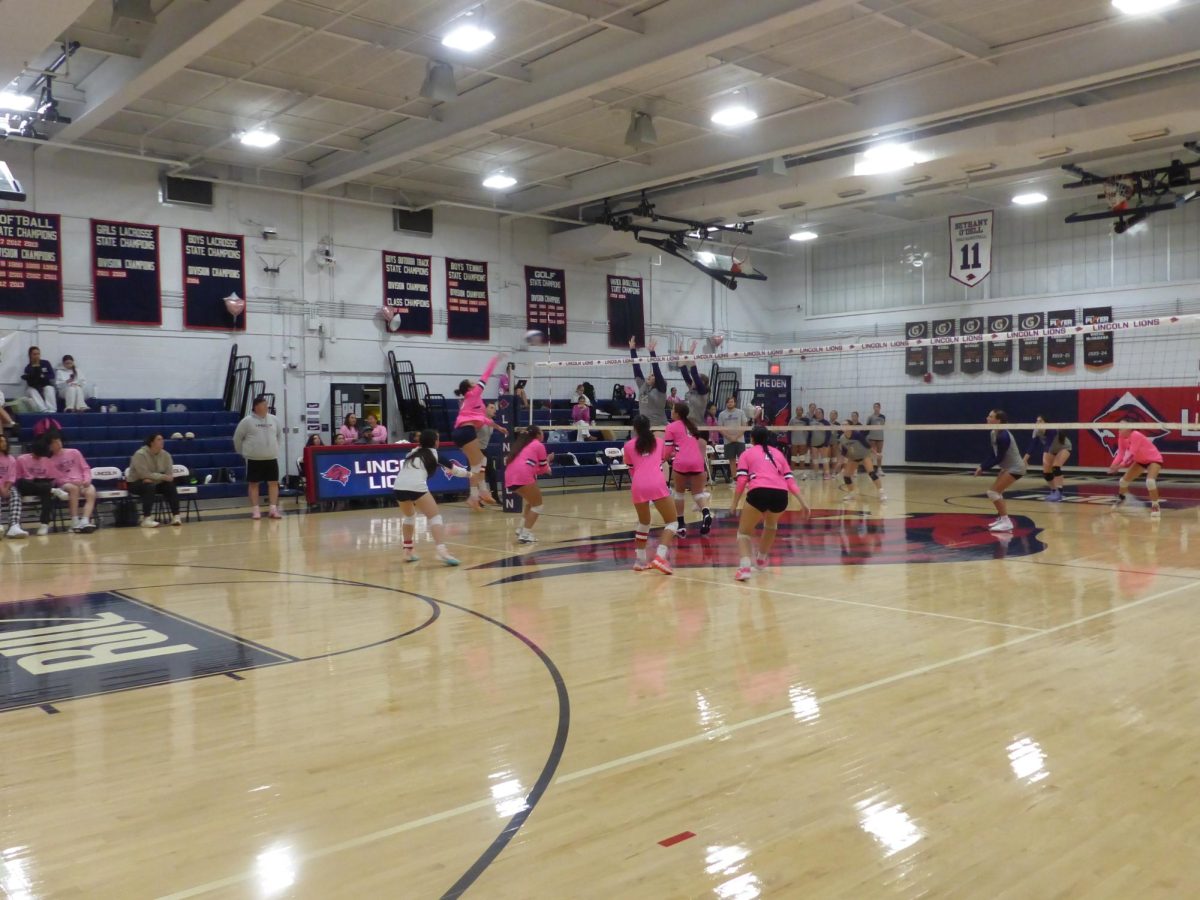

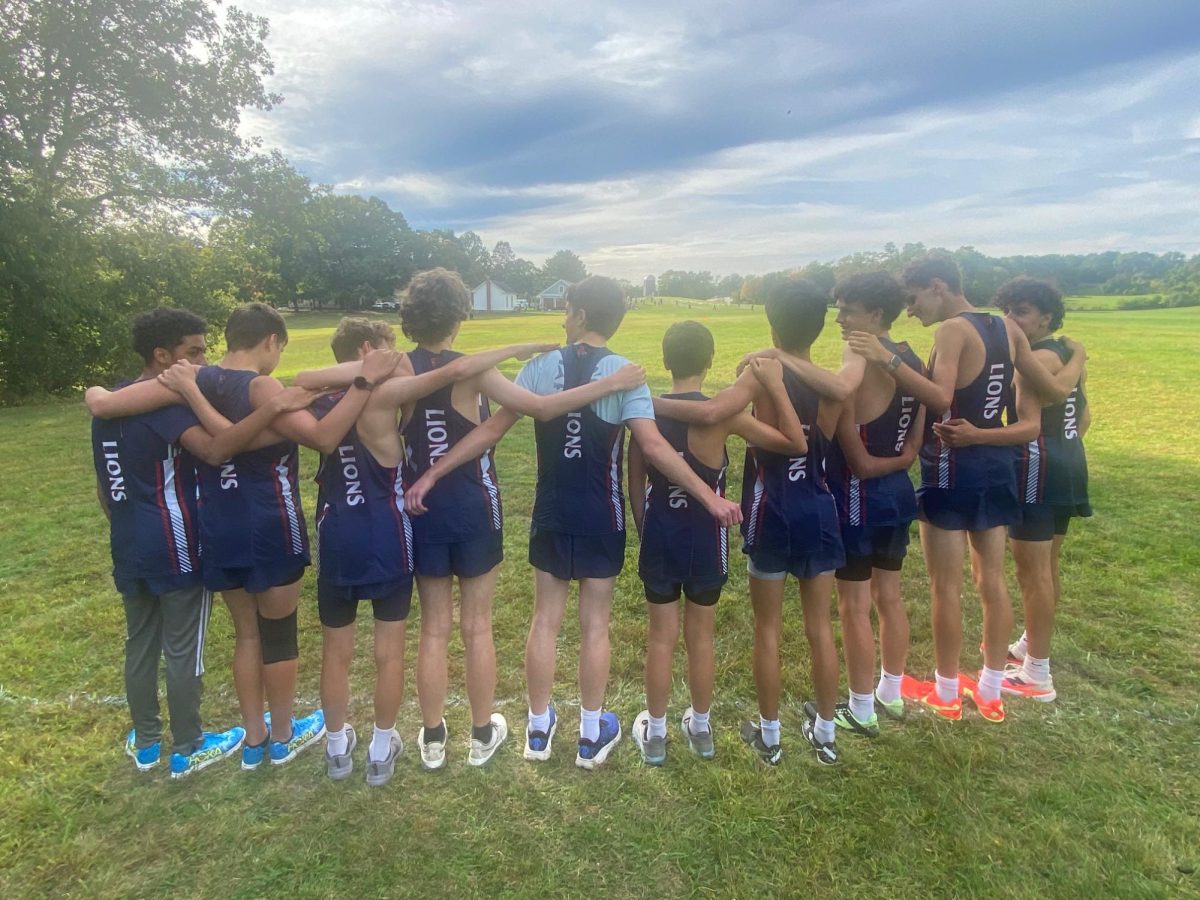
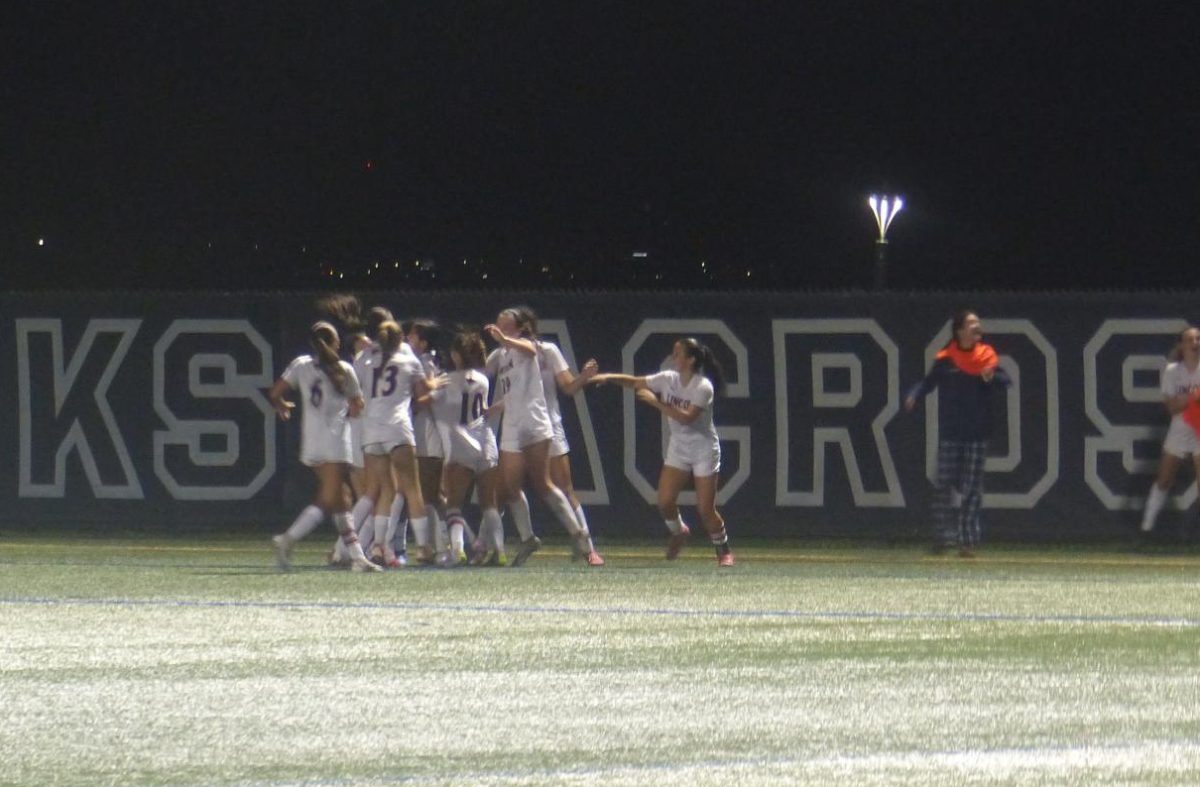
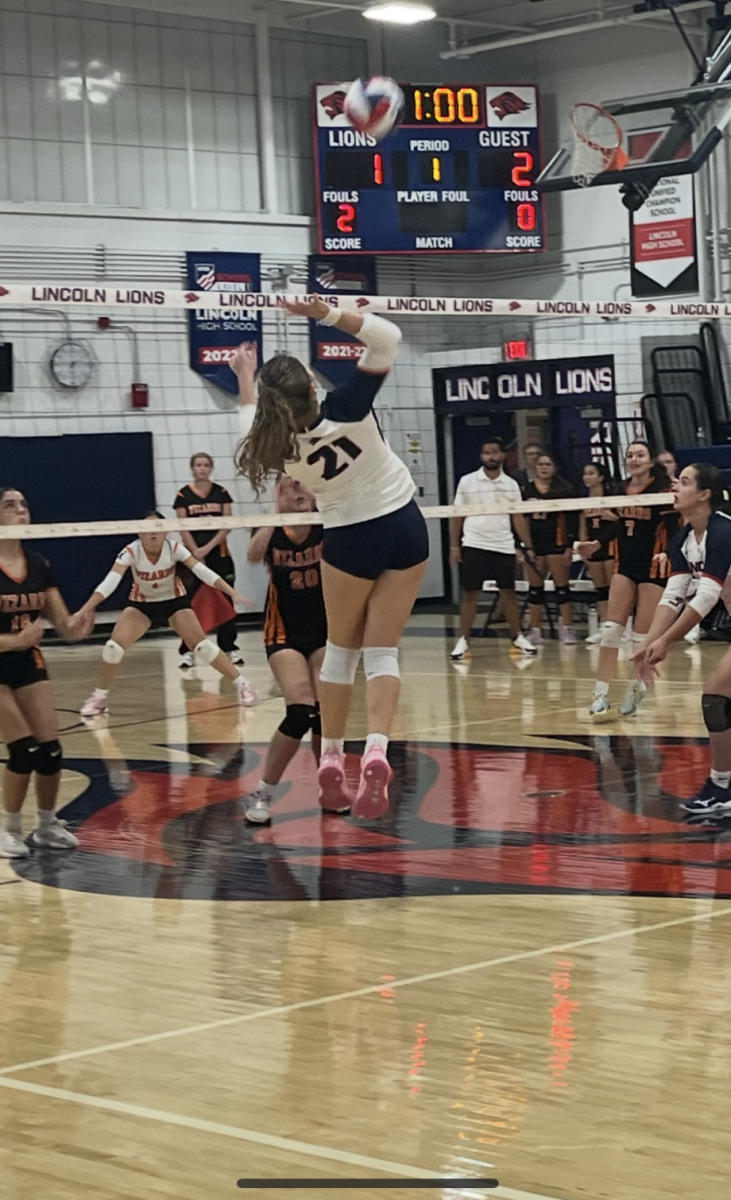
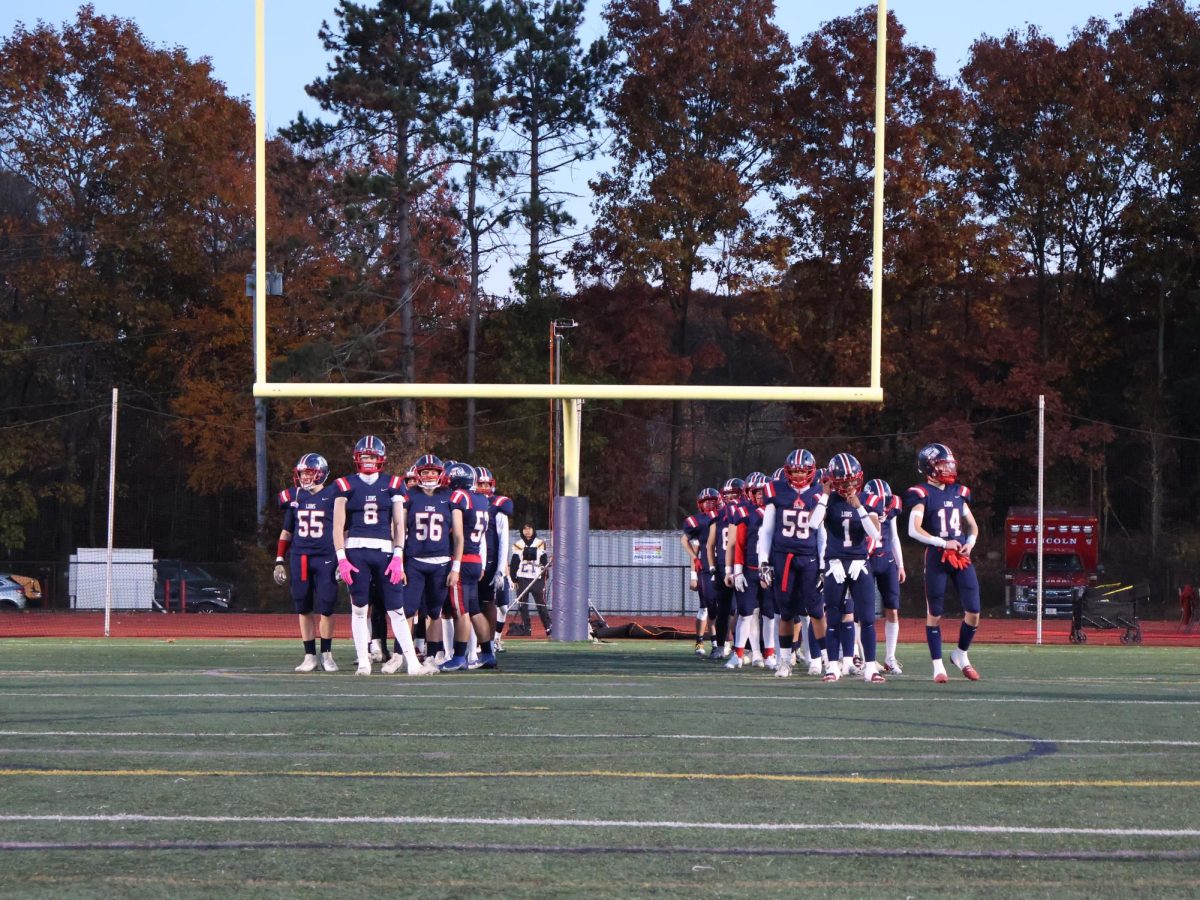






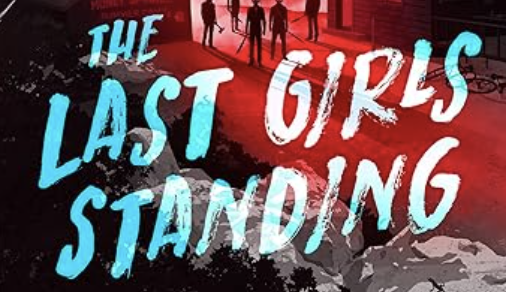




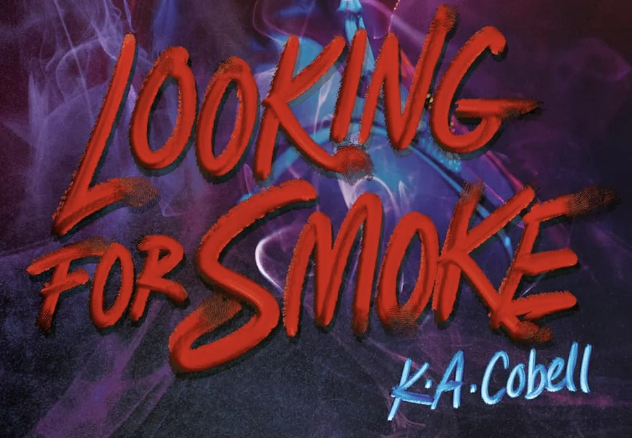
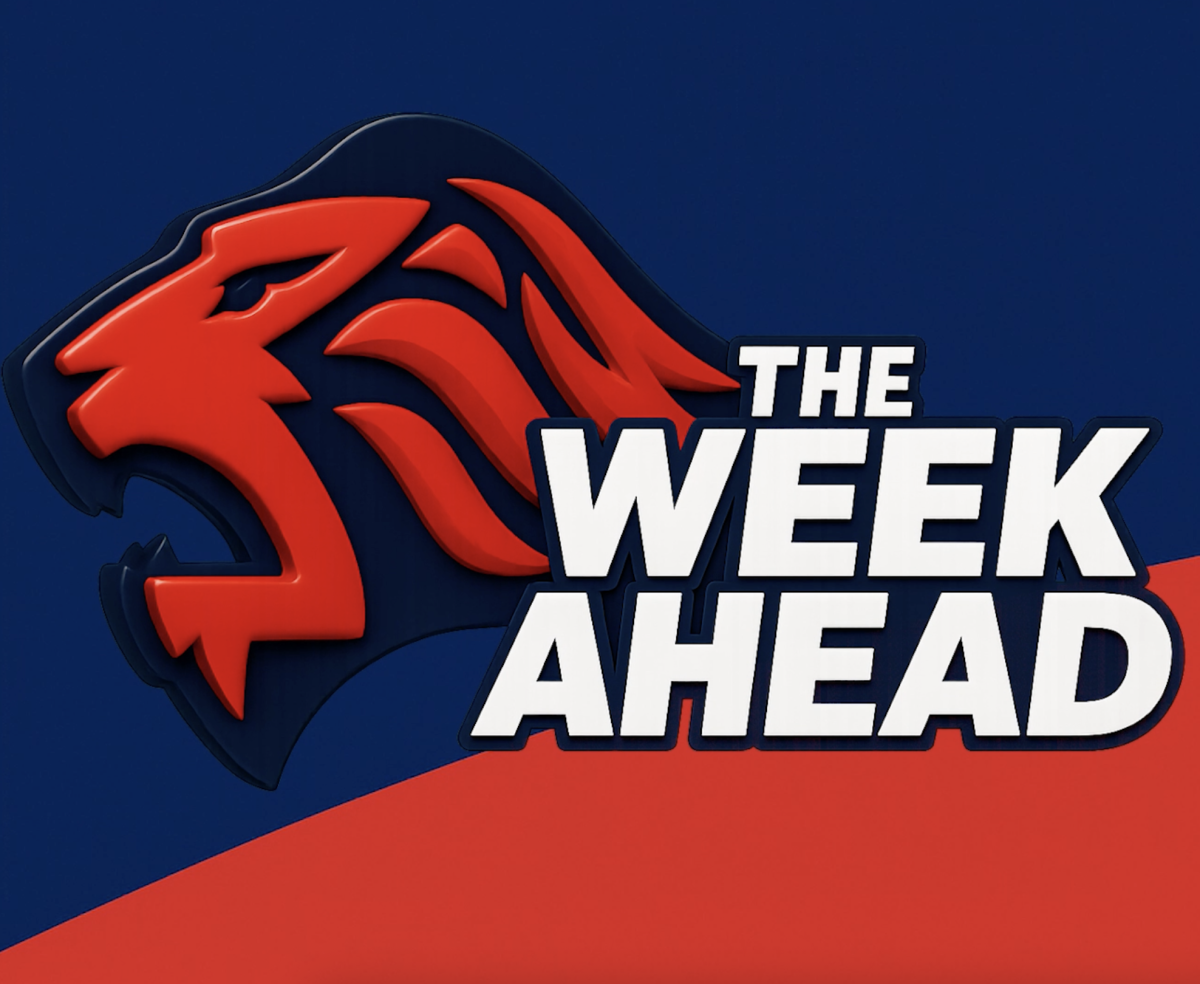
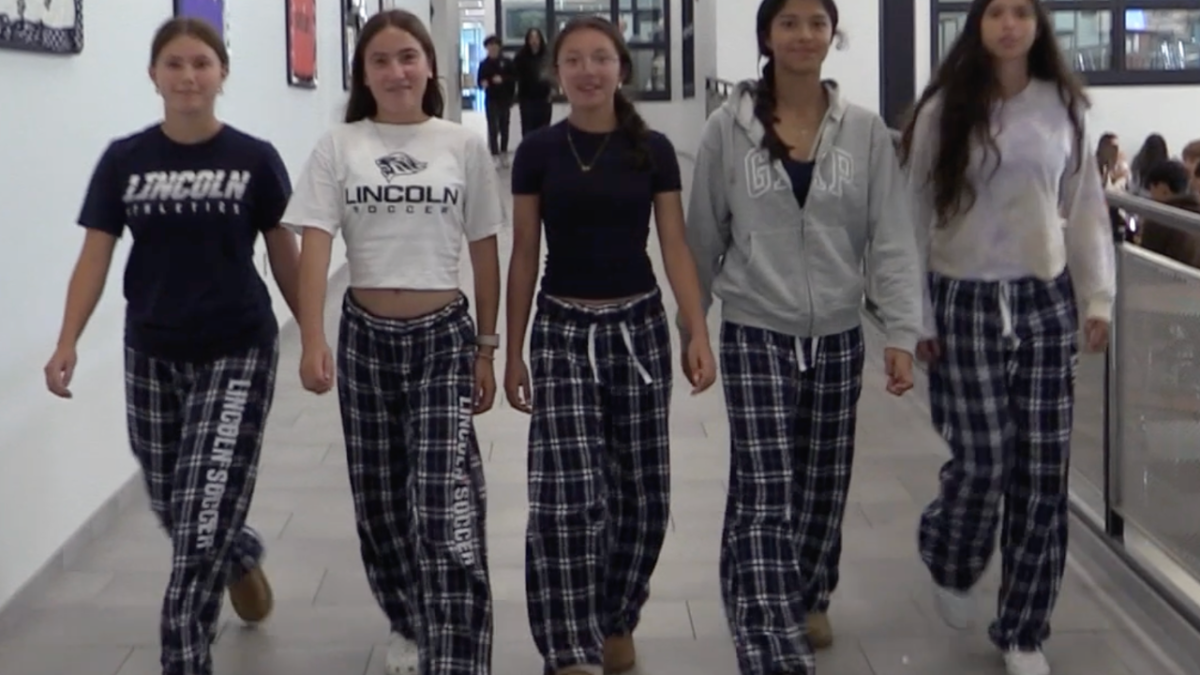
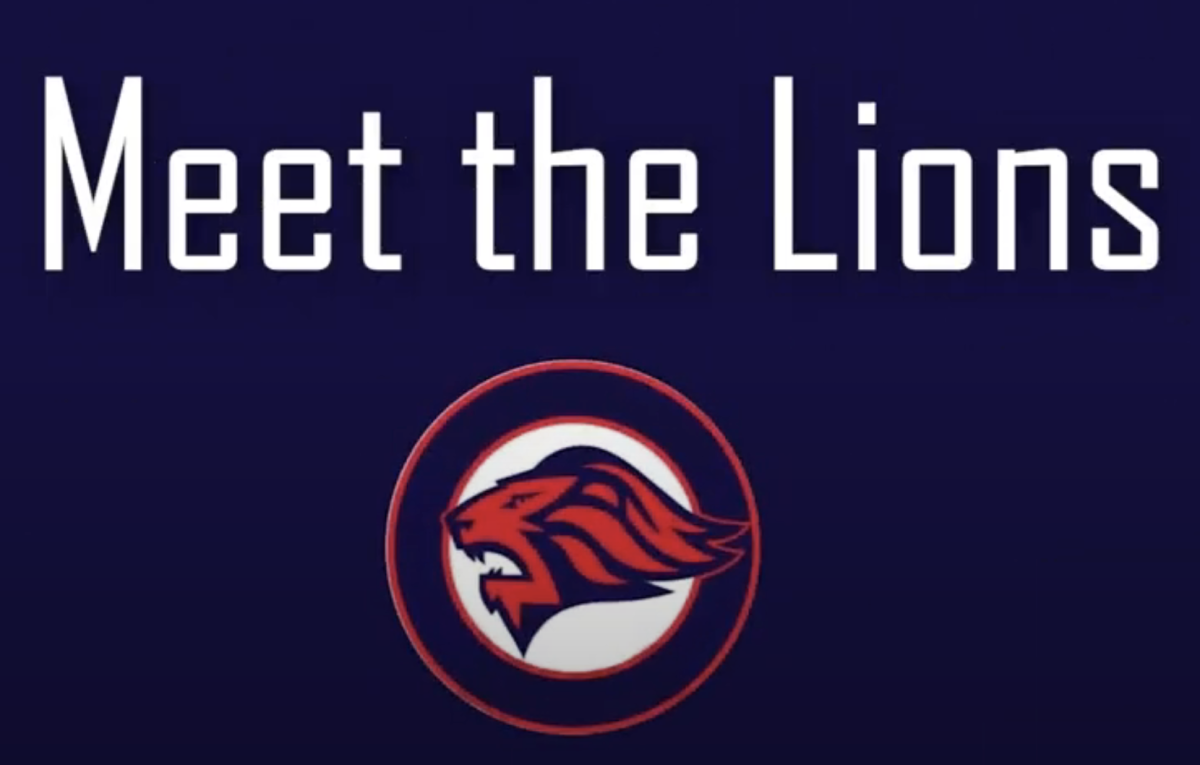



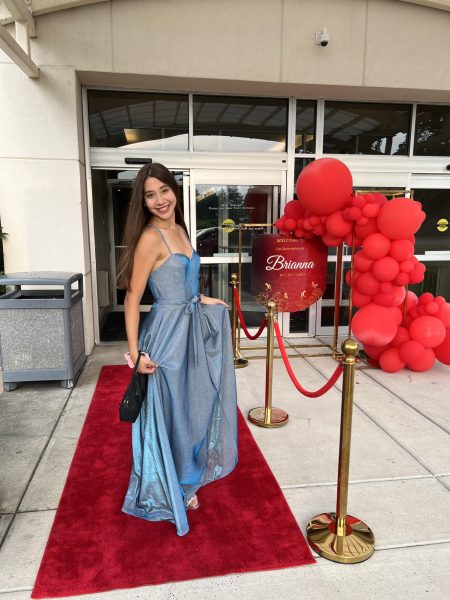
Eric • May 30, 2024 at 7:39 am
Thank you for the lesson and knowledge,